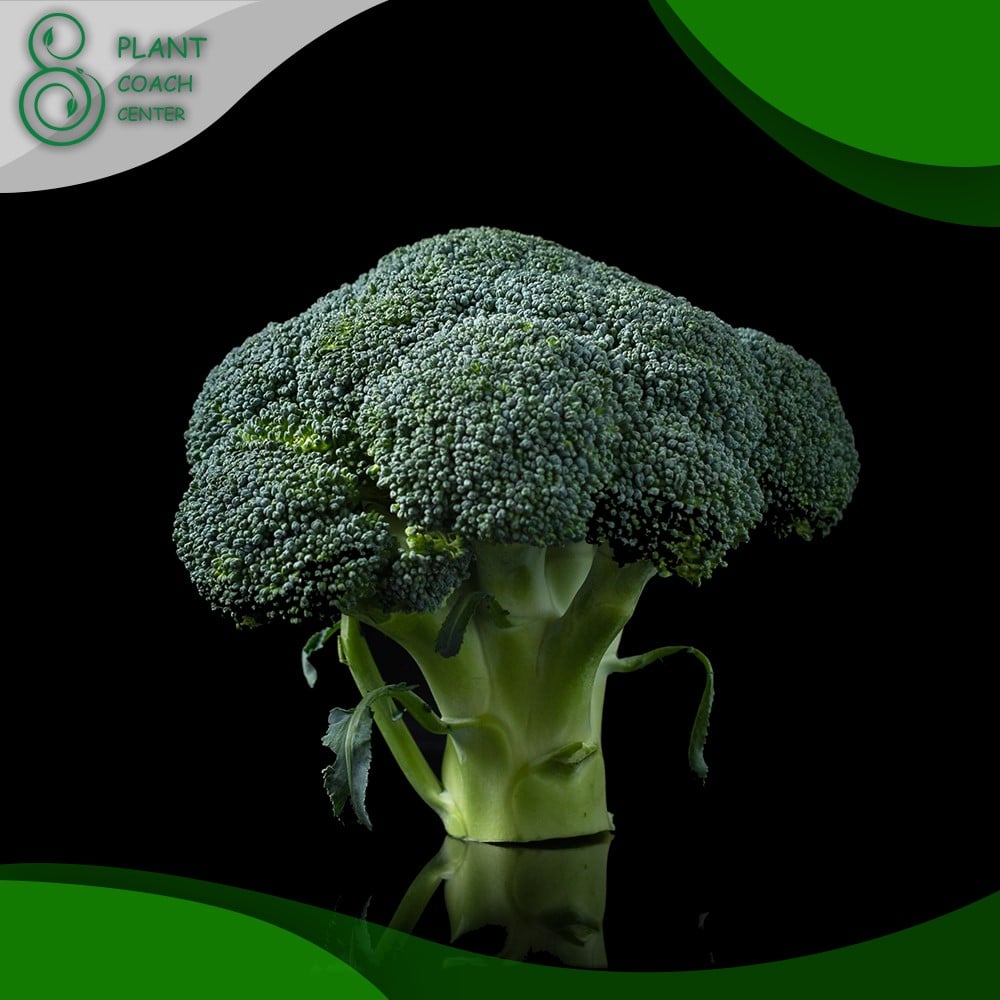When to Grow Broccoli?
Welcome to the world of gardening wonders, where a single vegetable can tantalize your taste buds and offer a canvas for your green thumb aspirations. Enter the versatile and nutrient-packed realm of broccoli cultivation. Whether you’re a seasoned gardener or a newbie with soil-stained hands, knowing the opportunity to sow those broccoli seeds or tenderly transplant those seedlings can mean the difference between a lackluster harvest and a verdant bounty.
Picture the thrill of witnessing sturdy broccoli florets emerging like mini forests, ready to grace your table with their rich flavors. In exploring timing and horticultural finesse, we delve into the art of knowing “When to Grow Broccoli.” We’ll unravel the enigmatic dance of seasons, delve into the meteorological secrets that whisper success, and learn the tricks to ensure your broccoli patch becomes the epitome of flourishing abundance.
So, grab your gardening gloves, and let’s embark on a journey through the chronological nuances of broccoli cultivation, unlocking the secrets that lie beneath the soil and amidst the stars.
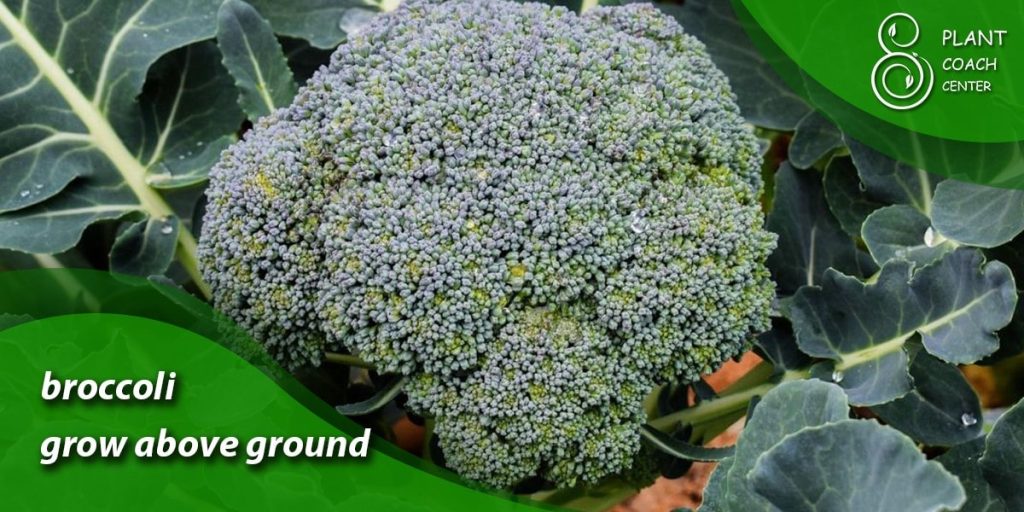
Seasonal Suitability: Exploring the Best Time to Plant Broccoli
As you step into broccoli cultivation, understanding the intricate choreography of seasons is your first stride toward a triumphant harvest. The timing of when to plant Broccoli plays a pivotal role in determining your crop’s vibrancy, taste, and overall success. While Broccoli is a hardy, cool-season vegetable that can withstand some temperature fluctuations, choosing the right season for planting can significantly impact its growth trajectory.
Spring Sprouts
Spring emerges as the reigning champion in broccoli planting. As the chill of winter recedes and the earth warms, the soil becomes an ideal host for broccoli seeds or transplants. Planting in early spring provides Broccoli ample time to establish robust root systems before the heat of summer descends. This early start allows the plants to flourish and yield delectable florets that grace our plates.
Fall Magic
The latter part of summer, extending into early fall, offers another window of opportunity for sowing broccoli seeds or planting young transplants. The waning warmth of the summer sun combines with the approaching coolness, creating an environment where Broccoli can thrive. Fall plantings often result in lovely and tender broccoli heads, making the wait well worth it.
Winter Wonders
Adventurous gardeners can experiment with overwintering Broccoli in milder climates or regions with well-protected growing spaces. These bold cultivators allow the plants to establish a sturdy framework before the cold sets in by planting in late summer or early fall. With careful monitoring and protective measures, such as row covers or cold frames, these winter warriors can harvest fresh Broccoli even amidst frosty landscapes.
Weather Watch: Understanding the Ideal Climate Conditions for Broccoli Cultivation
In the captivating world of broccoli cultivation, the weather assumes the role of both mentor and adversary. A profound grasp of the ideal climate conditions is vital to nurturing broccoli plants that flourish with vitality and yield a bountiful harvest. While Broccoli is renowned for its resilience, paying heed to weather nuances can elevate your gardening game.
Temperature Tidings
Broccoli is a cool-season champion, and its growth thrives within a temperature range of 60°F to 70°F (15°C to 21°C). These moderate temperatures are conducive to the gradual development of tender florets and sturdy stalks. Extreme heat can trigger premature flowering, resulting in smaller heads and a bitter taste. Contrastingly, exposure to freezing temperatures can stunt growth and adversely affect overall quality.
Sunshine Story
Broccoli revels in abundant sunlight. A minimum of six hours of direct sunlight daily is the magic number for robust growth and optimal head formation. Sunlight fuels photosynthesis, allowing the plants to convert energy into the delicious florets that grace your plate. In areas with intense summer heat, partial shade during the hottest day can prevent stress-induced bolting.
Moisture Management
Like any garden treasure, Broccoli values consistent moisture. Adequate watering keeps the soil evenly damp, preventing stress and bolting. However, be cautious of overwatering, leading to waterlogged roots and disease. Mulching around the base of the plants helps retain moisture and regulate soil temperature, fostering an environment where Broccoli thrives.
Wind and Protection
Wind can be Broccoli’s friend and foe. While a gentle breeze helps strengthen stems, excessive wind can cause physical damage and stress. Adequate wind protection, such as planting near windbreaks or using plant covers, can shield your Broccoli from these challenges, ensuring they grow straight and strong.
Microclimates Matter
Recognize that your garden may have microclimates – small pockets with slightly different temperature and moisture conditions. Observing these variations allows you to strategically place your broccoli plants to capitalize on the best microclimates, ultimately fostering healthier growth.
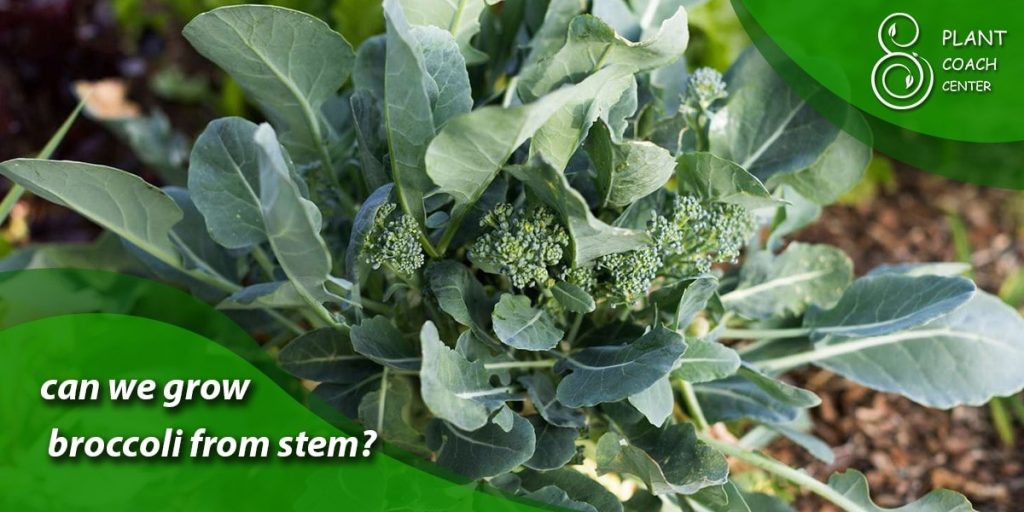
Spring Delights: Unveiling the Benefits of Growing Broccoli in Springtime
As nature awakens from its winter slumber, so does the allure of springtime gardening beckon with promises of fresh growth and vibrant colors. Embracing the spring season for your broccoli cultivation endeavors opens a world of benefits that coincide harmoniously with this season of renewal and rejuvenation.
Early Start, Vigorous Growth
Spring presents the perfect opportunity to kickstart your broccoli garden. Planting your broccoli seeds or transplants early in the season allows them to establish robust root systems and develop sturdy stems before the heat of summer takes hold. This head start boosts their resilience and ensures larger and more robust broccoli heads.
Excellent Comfort
Broccoli flourishes in cooler temperatures, making spring an ideal match for its preferences. As the temperatures rise gradually during spring, your broccoli plants can thrive without being subjected to the harsh heat of summer. This cool climate lends itself to the gradual development of tender florets that are both succulent and flavorful.
Bolting Avoidance
Bolting, the untimely flowering of broccoli plants, can be a gardener’s bane. Spring’s moderate temperatures help mitigate the risk of bolting, allowing your plants to focus on producing those coveted compact heads. This phenomenon ensures that your Broccoli remains palatable and visually appealing, a testament to your gardening prowess.
Pest Parade
Spring’s entrance also heralds the awakening of various pests. Fortunately, planting Broccoli early in the season gives you a head start in keeping these unwelcome visitors at bay. Additionally, as spring hosts a range of other plants, you can strategically interplant your Broccoli with companion plants that deter pests, contributing to a healthier overall garden ecosystem.
Abundance of Produce
The timing of spring plantings often aligns with a time when fresh produce is highly anticipated. Growing Broccoli in spring ensures a bountiful supply of this nutrient-rich vegetable, just as many other crops are gearing up for their growth cycles. This synchronicity allows for a diverse and wholesome assortment of produce on your plate.
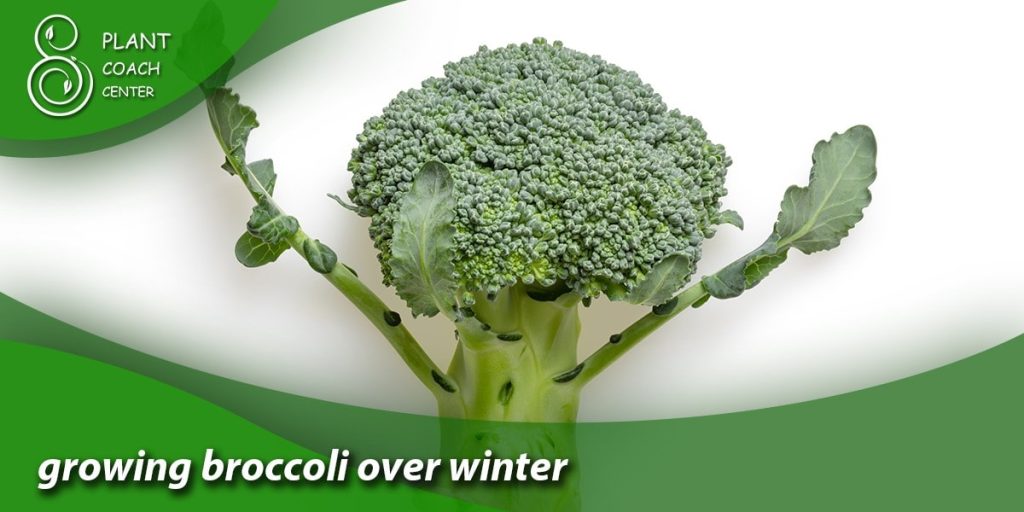
Fall Fascination: Harnessing the Fall Season for Successful Broccoli Harvests
As the warm hues of autumn paint the landscape, the gardening journey takes a graceful pivot towards fall, a season of change and transformation. Embracing this transitional period for your broccoli cultivation endeavors offers a host of advantages, ushering in a fascinating chapter in the life of your garden.
Excellent Weather Comfort
Fall’s gentle embrace provides the perfect conditions for Broccoli to thrive. Cooler temperatures mimic the plant’s native environment, allowing it to produce tightly packed, tender florets that testify to nature’s craftsmanship. The absence of harsh summer heat ensures that your broccoli heads develop evenly and without the threat of premature bolting.
Pest Retreat
Fall often sees a decline in the population of some common garden pests. This respite from pest pressure can work to your advantage, granting your broccoli plants a reprieve from potential attacks. Planting in the fall gives your Broccoli a better chance to grow and mature without the constant threat of nibbling insects.
Extended Growing Season
One of fall’s greatest gifts to gardeners is its extended growing season. By strategically timing your broccoli planting, you can relish an abundant harvest long after summer’s crops have faded away. The slower pace of growth that comes with cooler temperatures leads to larger and more flavorful broccoli heads, making each moment of care and attention worthwhile.
Flavor Enrichment
Fall’s magic extends beyond its aesthetic beauty; it also enhances the taste of your Broccoli. The combination of cool nights and mild days contributes to the accumulation of sugars within the plant, leading to a sweeter and more delightful culinary experience. Your fall-harvested Broccoli becomes a testament to the harmony between nature’s rhythms and your gardening expertise.
Post-Harvest Preservation
Fall is a season of preparation, not just for the present but for the future. As you gather the last of your broccoli harvest, consider preserving the bounty for the colder months ahead. Freezing or blanching your surplus broccoli allows you to enjoy its goodness even when winter’s grip tightens.
Winter Wonders: Discovering Techniques for Overwintering Broccoli Plants
As winter’s frosty touch paints the world in delicate icicles, the prospect of continuing your gardening journey might seem like a distant dream. Yet, winter presents a unique opportunity for the intrepid cultivator to test the boundaries of plant care and resilience, particularly when overwintering broccoli plants.
The Overwintering Adventure
Overwintering Broccoli requires a blend of vigilance, innovation, and a dash of audacity. While most gardeners tuck their tools away during the cold months, you can extend your gardening season and savor the sweet rewards of homegrown Broccoli all year round.
Selecting the Right Varieties
To embark on the journey of overwintering, begin by selecting the appropriate broccoli varieties. Some broccoli cultivars are specifically bred for cold tolerance and can withstand winter conditions more effectively. Look for varieties with descriptors like “winter-hardy,” “cold-resistant,” or “overwintering.”
Timing is Everything
The key to successful overwintering lies in timing. Broccoli should be planted or transplanted in late summer or early fall, allowing the plants to establish themselves before the harsh winter weather. This strategic timing lets the plants develop robust root systems and sturdy stems to brave the cold.
Protective Measures
Winter’s chill requires protective measures to shield your broccoli plants. Row covers, cold frames, and cloths can create a cozy microclimate around your plants, guarding them against frost and chilling winds. These structures trap heat and provide an insulated environment that encourages growth despite the inhospitable conditions.
Mulching Mastery
A thick layer of mulch around the base of your overwintering broccoli plants acts as a natural insulator. This protective layer traps heat from the soil, preventing it from escaping and keeping the plant’s root zone warmer. Mulching also helps retain moisture and prevents soil heaving, which can expose delicate roots to freezing temperatures.
Monitoring and Maintenance
Overwintering is a dynamic process that requires consistent attention. Regularly check the condition of your plants, especially during thaws, to ensure they remain healthy and disease-free. Adequate watering during dry spells and careful observation for signs of stress or pests contribute to the success of your overwintering endeavor.
The Ultimate Reward
As the snowflakes dance and the air holds its breath, your overwintered broccoli plants emerge as a testament to nature’s tenacity and your dedication. When the weather warms and spring begins to stir, these plants are poised to reward you with tender, flavorful florets that truly triumph in seasonal harmony.
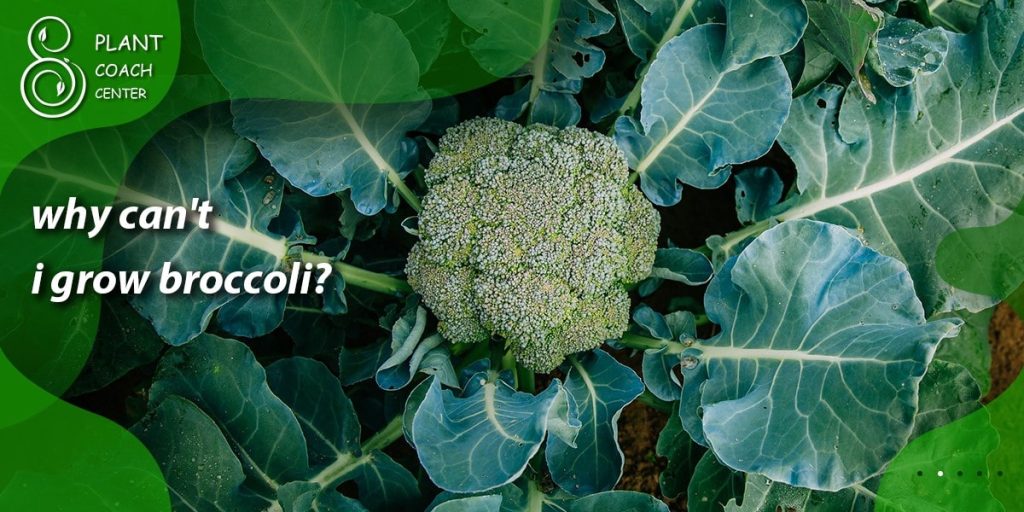
Time-Saving Tips: Maximizing Yield by Knowing the Optimal Growth Duration of Broccoli
In gardening, time is an invaluable resource and a measure of success. When it comes to growing Broccoli, understanding the optimal growth duration is like holding the keys to a bountiful harvest kingdom. By mastering the art of timing, you can cultivate Broccoli with precision, ensuring the best possible yield and quality.
Understanding Growth Phases
Broccoli goes through distinct growth phases like any living organism. From germination to maturity, each phase is a chapter in the Broccoli’s journey toward becoming a succulent, vibrant head. Knowing the approximate timeline of these phases equips you with the insights needed to plan and manage your garden efficiently.
Germination and Seedling Stage
Broccoli seeds typically germinate within 5 to 10 days when provided with adequate moisture and warmth. Seedlings develop their first true leaves around 2 to 3 weeks after germination. During this time, careful attention to watering and protection from adverse conditions sets the stage for healthy growth.
Vegetative Growth
Once established, broccoli seedlings enter a rapid vegetative growth phase. This stage typically lasts around 6 to 8 weeks. During this time, the plant focuses on building a sturdy framework of leaves and stems that will support the formation of the prized broccoli head.
Head Development
The duration of head development varies based on the broccoli variety and environmental conditions. On average, transplanting to harvest-ready heads takes about 60 to 100 days. Monitoring the size and compactness of the head is critical; harvesting too late can lead to tough, bitter florets, while harvesting too early may result in underdeveloped heads.
Bolting Alert
Broccoli plants are susceptible to temperature fluctuations, and exposure to high temperatures can trigger bolting – the premature flowering of the plant. Keep a vigilant eye on your plants as the weather warms, especially in spring or early summer. Prompt harvesting of fully formed heads helps avoid the disappointment of bolting.
Sequential Planting
To extend your harvest season, consider sequential planting. Instead of planting all your Broccoli immediately, stagger your plantings by a few weeks. This ensures a steady supply of fresh Broccoli over an extended period, rather than a sudden surplus that might go to waste.
Record Keeping
Maintaining a gardening journal or calendar can be immensely helpful. Document key dates, such as planting, transplanting, and harvesting, and any observations you make about growth patterns and yield. Over time, this record becomes a valuable resource for fine-tuning your gardening strategies.
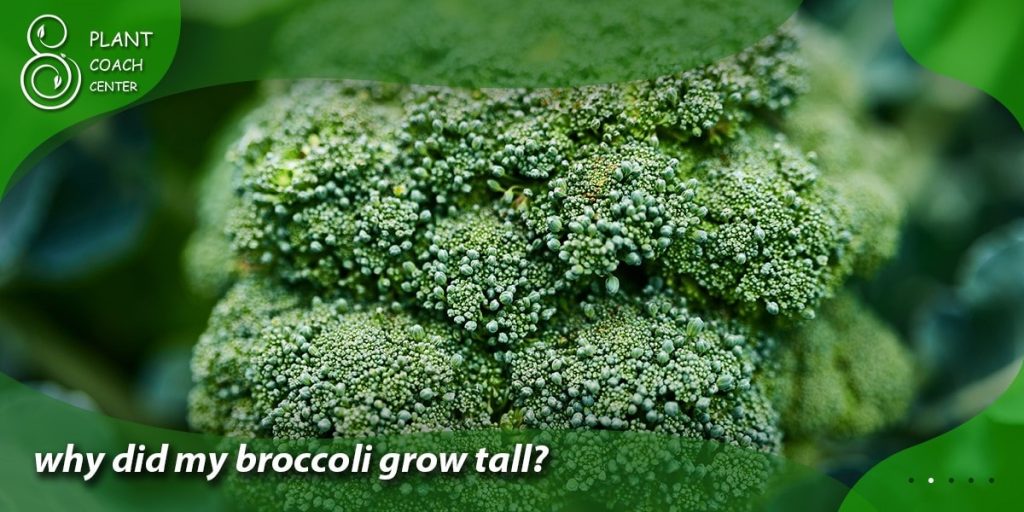
Companion Planting Insights: Uncovering Plant Partnerships That Enhance Broccoli Growth
In the intricate tapestry of gardening, a practice goes beyond mere cultivation – companion planting. This age-old technique harnesses the interactions between different plants to create a harmonious and productive garden ecosystem. When cultivating Broccoli, strategic companions can act as allies, enhancing growth, deterring pests, and maximizing yields.
Friendly Allies
Companion planting isn’t just about proximity; it’s about establishing beneficial relationships. Certain plants release natural chemicals that can attract or repel pests, enrich soil, or provide shade. Broccoli’s affinities lie with plants that offer protection, improve soil structure, or support its growth.
Marigolds and Calendula
These vibrant flowers bring more than just beauty to the garden. Marigolds emit a scent that deters many common pests, including aphids and nematodes. Calendula’s bright blooms attract beneficial insects that prey on garden pests. Planting marigolds or calendula near your Broccoli helps create a healthier ecosystem.
Lettuce and Spinach
These leafy greens offer diversity to your garden and function as living mulch for Broccoli. Their low-growing foliage shades the soil, conserving moisture and preventing weed growth. This beneficial cover can be especially valuable during the heat of summer.
Dill and Nasturtiums
These culinary herbs and vibrant flowers are like garden bodyguards for Broccoli. Dill attract beneficial insects that prey on caterpillars, while nasturtiums repel aphids and squash bugs. You can create a protective shield against common pests by planting them near your Broccoli.
Avoiding Unfriendly Neighbors
Just as some plants form friendships, others engage in hostilities. Some plants may compete for resources, transmit diseases, or simply create an inhospitable environment for their neighbors. When planning your broccoli companions, be mindful of potential conflicts hindering growth or attracting unwanted pests.
Crop Rotation Considerations
Companion planting and crop rotation can go hand in hand. As part of a well-rounded gardening strategy, rotating crops can help prevent soil depletion and reduce the risk of disease buildup. Rotate your Broccoli and its companions with other plant families each growing season for optimal results.
Observation and Adaptation
The key to successful companion planting is observation. Keep a watchful eye on your garden to see how different plant pairings perform. Note any changes in pest activity, plant growth, or overall garden health. Over time, you’ll better understand the dynamic relationships within your garden ecosystem.
Conclusion
In the garden’s intricate ballet, timing, weather, and companionships harmonize to weave the tale of successful broccoli cultivation. From the delicate embrace of spring and fall’s gradual transition to the audacious adventure of overwintering, each season offers a unique canvas to paint your gardening aspirations.
Understanding broccoli’s growth phases and enlisting the aid of strategic companions elevate your gardening game, making it a symphony of flavors, colors, and textures. As you embark on your broccoli journey, remember that the insights shared here are just the beginning of your exploration.
For more gardening wisdom, tips, and resources, visit PlantCouchCenter.com – your digital sanctuary for cultivating thriving gardens, where nature and knowledge intertwine to nurture your passion for plants. Happy gardening!
When is the best time to plant Broccoli?
Spring and early fall are ideal planting times for Broccoli.
What temperature range suits broccoli growth?
Broccoli thrives in temperatures between 60°F and 70°F (15°C - 21°C).
Can Broccoli be grown in winter?
With proper protection and care, Broccoli can be overwintered in milder climates.


